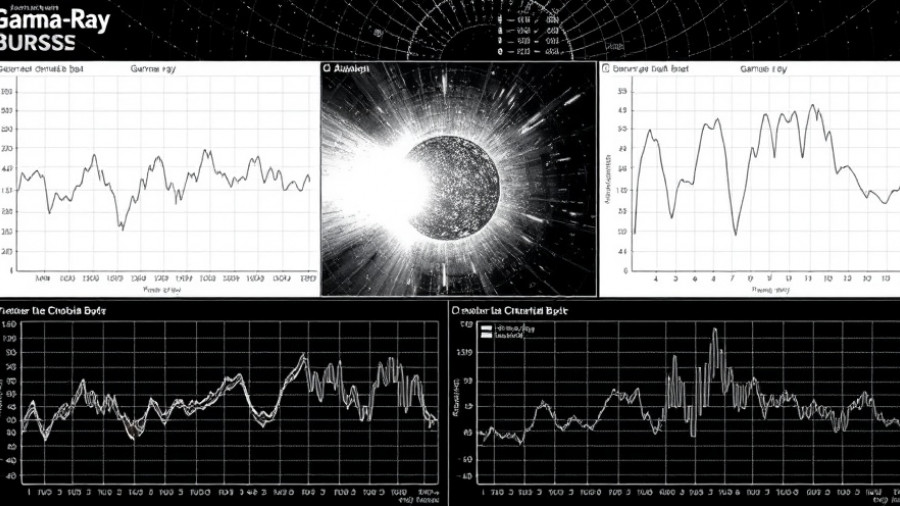
Unveiling Cosmic Mysteries: GRB 250702B and Its Record-Breaking Explosion
On July 2, 2025, astronomers made an astonishing discovery that is reshaping our understanding of cosmic explosions. The gamma-ray burst, dubbed GRB 250702B, not only lasted significantly longer than any previous such event but also emerged as the most energetic explosion ever recorded. While gamma-ray bursts (GRBs) occur when massive stars collapse into black holes, GRB 250702B defies conventional expectations and raises intriguing questions about the cosmos.
The Unprecedented Duration of GRB 250702B
Traditional GRBs typically last anywhere from milliseconds to several minutes. However, GRB 250702B had an unusual duration, flaring for a full 7 hours. This extraordinary length of time not only challenges existing models of stellar death but also hints at potentially unknown astrophysical processes. Unlike its predecessors, which were often linked to bright supernovae, GRB 250702B requires scientists to explore possible explanations beyond standard theories and delve into scenarios that may introduce new mechanisms at work in the universe.
Potential Causes: Theories Behind the Blast
Researchers speculate that GRB 250702B could result from a preexisting black hole merging with a companion star, leading to an extended feeding process. This theory suggests the involvement of a compact black hole in a "helium merger"—a process where the black hole pulls material from its companion star over an extended period of time. This is a significant departure from the typical models of GRB occurrences and may indicate that time and environment play pivotal roles in the phenomena.
The Role of the James Webb Space Telescope
The James Webb Space Telescope played a crucial role in determining the distance of the burst, revealing that GRB 250702B is surprisingly distant given the observed brightness of its host galaxy. This discovery not only confirms GRB 250702B's status as a powerful cosmic explosion but also contributes to a paradigm shift in our understanding of where and how these violent cosmic events occur. Most typical GRBs happen in small, young galaxies, but GRB 250702B’s host galaxy is large and densely packed with dust.
Exploring the Cosmic Environment
The unusual characteristics of GRB 250702B raise critical questions about its environment. The dust-rich surroundings of its host galaxy may have impacted the observed signals, potentially causing weaker bursts to go unnoticed. This invites astronomers to rethink their observations and highlights the need for continued investigation into the nature of gamma-ray bursts. Could these observations unearth a new class of long-duration gamma-ray bursts fueled by complex interactions within their galaxies?
Future Directions in GRB Research
Observations and analysis are far from over for GRB 250702B. Ongoing monitoring and follow-up studies will be critical in deciphering the enigma surrounding its origins. As telescopes like the James Webb continue to provide valuable data, astronomers anticipate unveiling more insights into the mechanisms behind such powerful cosmic events—potentially leading to breakthroughs in our understanding of the universe.
In summary, GRB 250702B not only shatters previous records for gamma-ray bursts but challenges our fundamental understanding of stellar explosions. As scientists piece together this complex puzzle, the cosmos holds many secrets yet to be uncovered.
 Add Row
Add Row  Add
Add 




Write A Comment